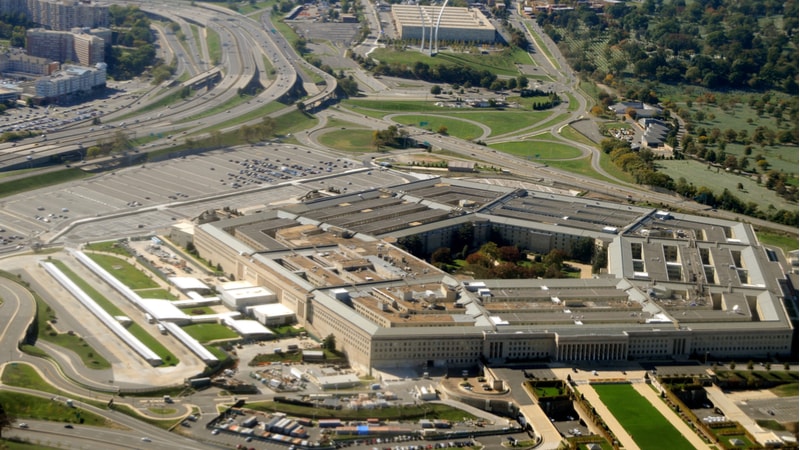
The Department of Defense (DoD) is 16 months into its ambitious Replicator One initiative, with just eight months left to reach its 24-month goal.
Despite the daunting timeline, a senior DoD official said this week that the program is on track to meet its objectives as the department pushes to roll out thousands of inexpensive autonomous systems.
The Replicator initiative – which is overseen by the Defense Innovation Unit (DIU) – aims to field thousands of innovative systems across multiple domains and into the hands of warfighters by August 2025, as part of the Pentagon’s strategy to counter China’s rapid armed forces buildup.
“We’re 16 months into Replicator One, […and] we’re in good shape,” Aditi Kumar, deputy director for the Defense Innovation Unit (DIU), said during a Hudson Institute event on Dec. 12. “As you know, there are two main goals for Replicator. One is capability delivery, which involves delivering thousands of systems across multiple domains. We’re on track to achieve that.”
“The second goal is process improvement and acceleration. We aim to accomplish all of this, including fielding the systems, within 18 to 24 months, and we’re on track to meet that goal as well,” she added.
As the department continues to work towards meeting the August 2025 goal for Replicator One, it is simultaneously advancing Replicator Two, which Secretary of Defense Lloyd Austin announced in September.
Kumar explained that Replicator One is focused on delivering many aerial and naval drones to American operators, while Replicator Two aims to deploy existing counter-drone systems at scale. Replicator Two shares the same 18-to-24-month timeline for completion.
Kumar explained that the department is starting with “the hardest problem, which in many cases are software challenges,” to ensure the successful operation of Replicator Two and continued success of Replicator One.
“For Replicator One, we’re focusing on a range of areas related to collaboration, autonomy, and command and control. For Replicator Two, we face a similar challenge with command and control testing systems, so we’re starting that now,” Kumar said, highlighting a recent solicitation from DIU for command and control, “and we’re working to address that challenge early.”
Kumar also emphasized that maintaining clear communication with Congress is crucial to the success of both Replicator One and Replicator Two.
“We have already been on the Hill discussing what the Replicator team looks like, the types of capabilities we’re aiming to field, and the locations involved, so that they can be early supporters when it comes to funding,” she said.
Congress authorized $500 million in the DoD’s fiscal year (FY) 2024 budget for the Replicator initiative. In its FY25 budget request, the department requested roughly the same amount as the FY24 total.
